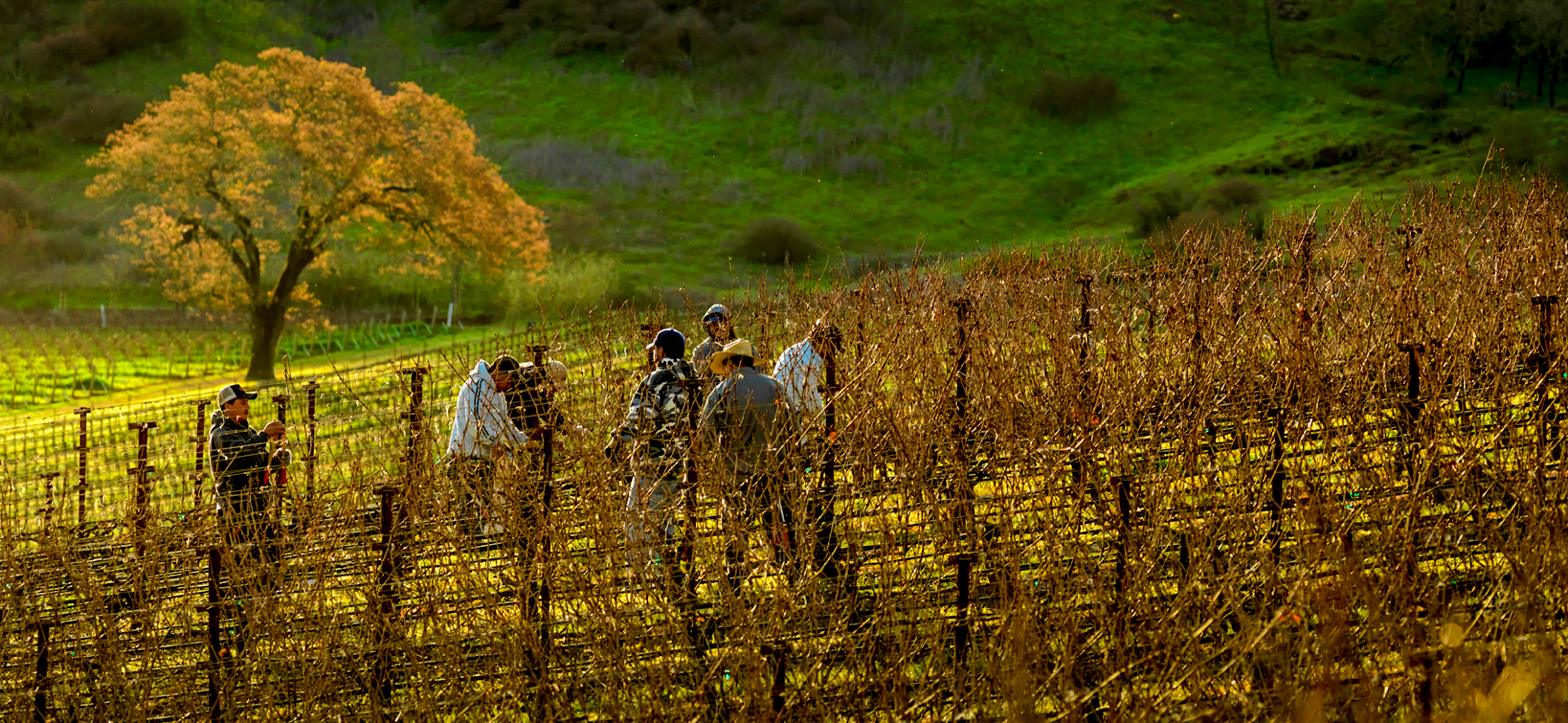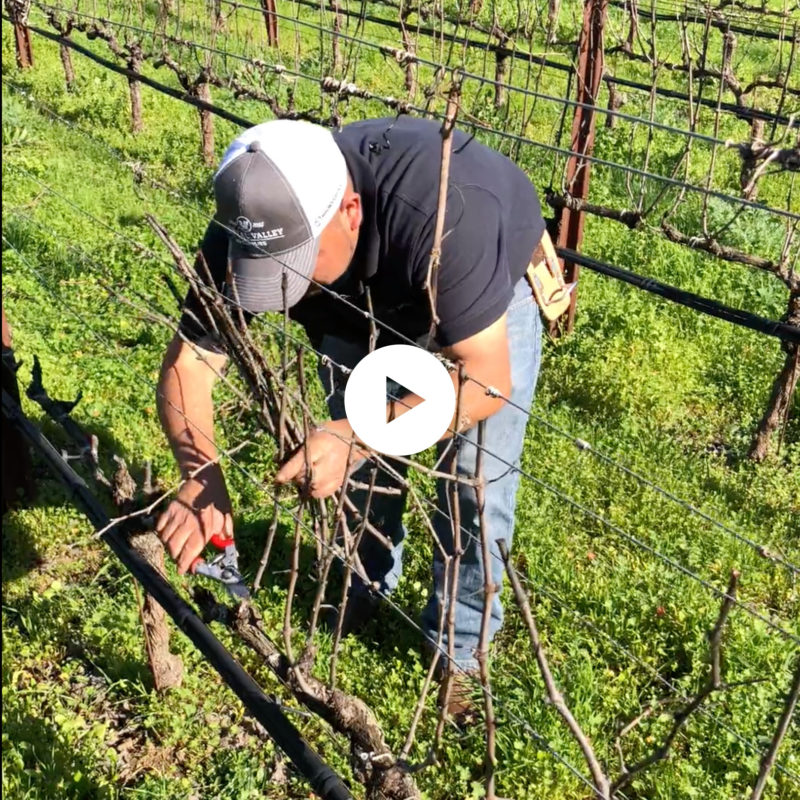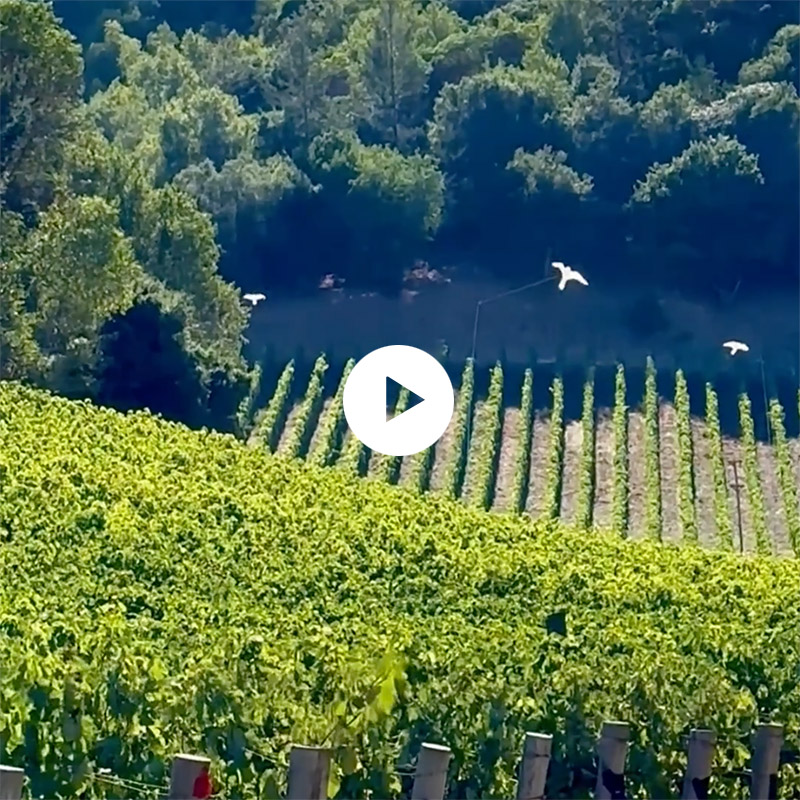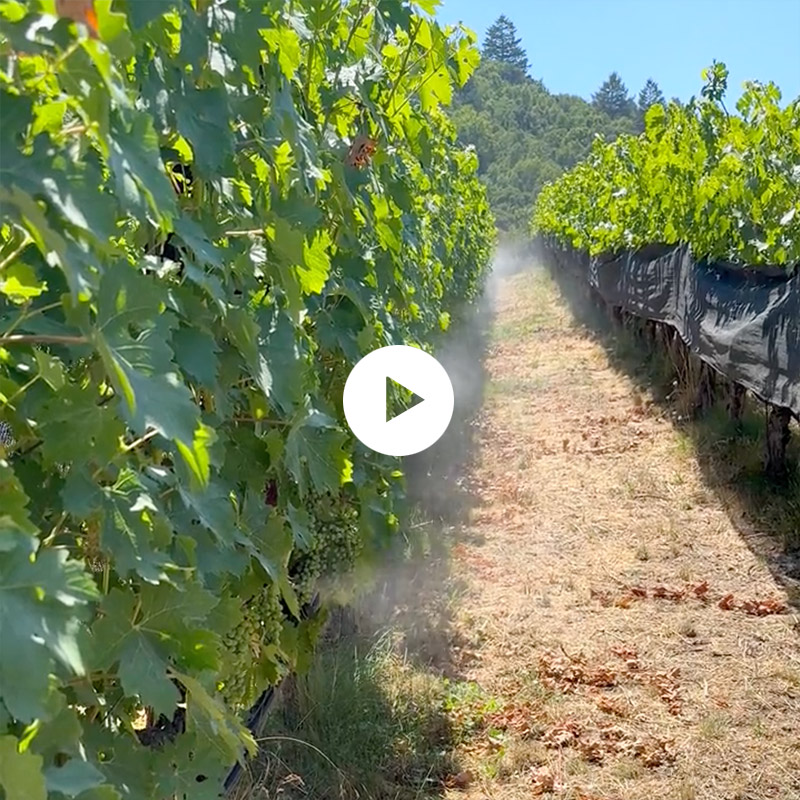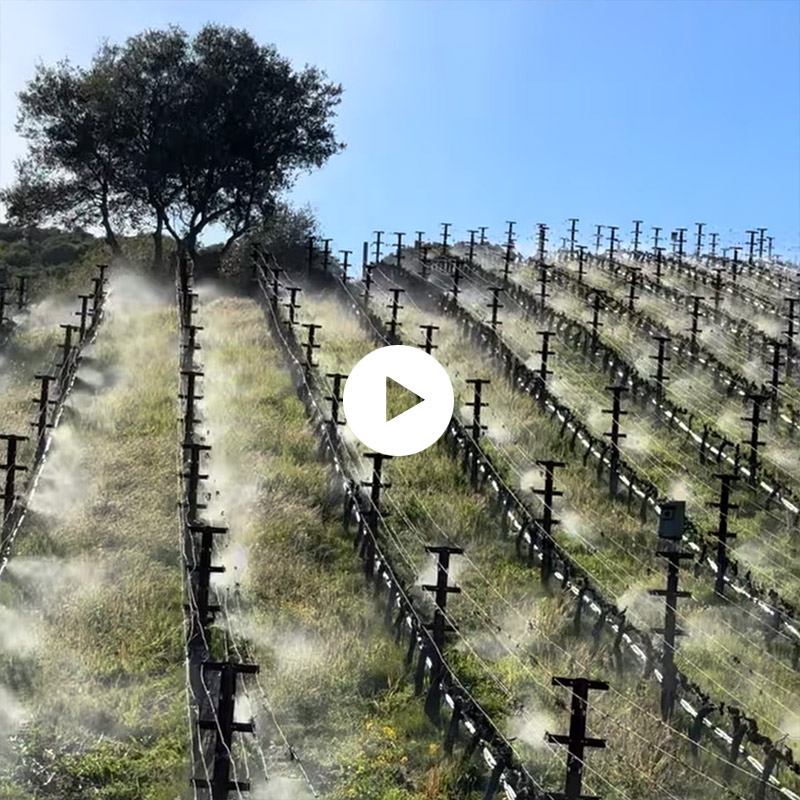Viticulture
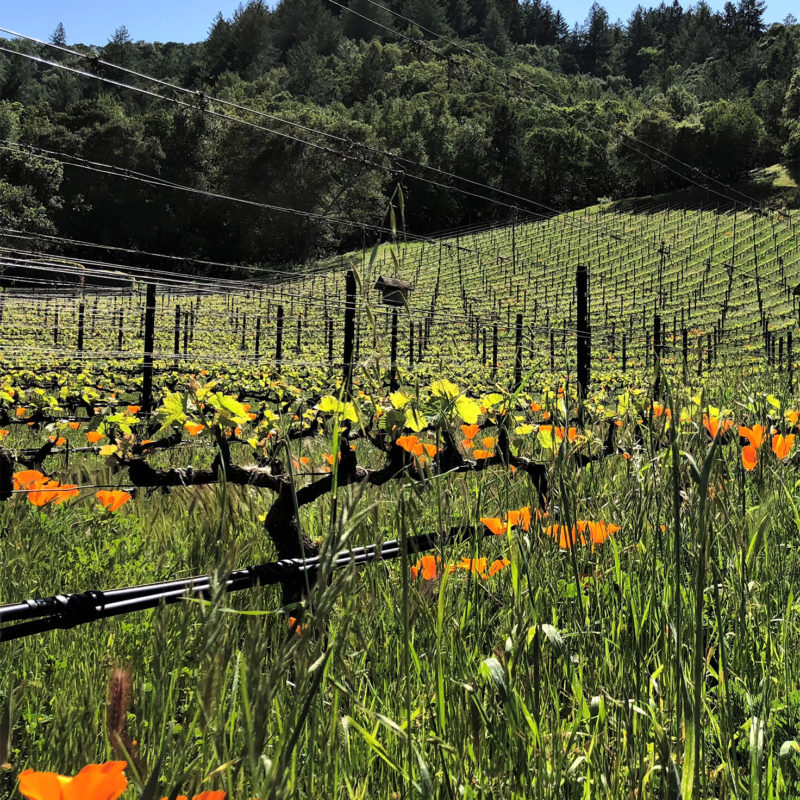
Bacchus amat colles (Bacchus loves the hills)
Paradise Hills is farmed organically and is Napa Green Certified.
Greek and Roman farmers knew that better wines are made from vines that are planted on hillside vineyards in depleted soil. This type of farming is best to control the grapevine’s relentless propensity in growing canes and leaves instead of fruit. Farming these sites require an enormous amount of labor, but the reward is a crop full of intensely flavored berries.
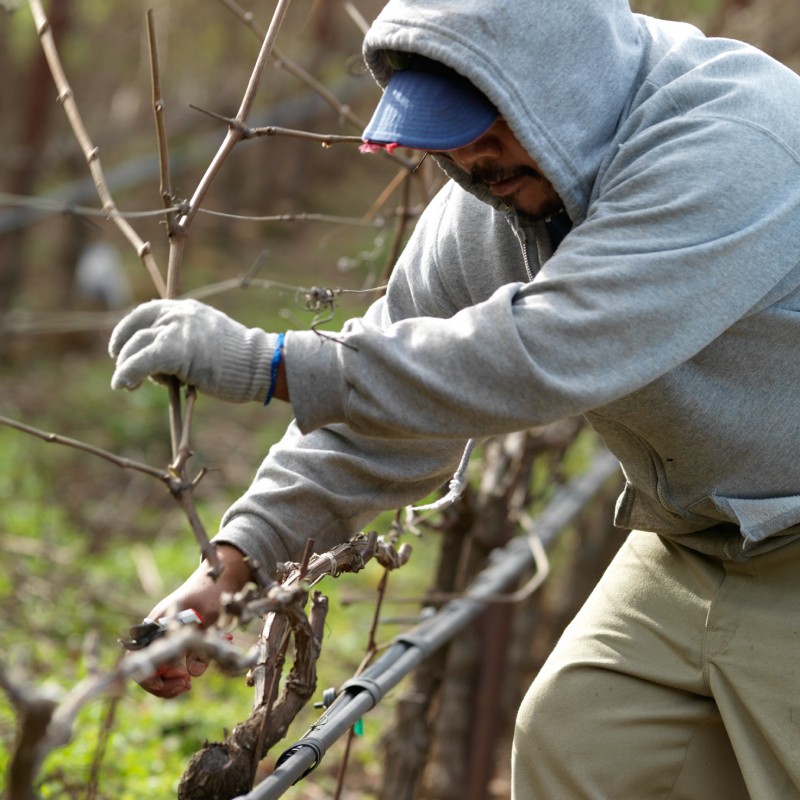
Pruning is done during the winter, while the plant is dormant.
There are two basic systems of pruning: Cane pruning or Spur pruning.
We use the later as it is better suited for the French hybrids varieties we are growing. The most fruitful buds are situated near the base of the canes, so all wood is cut back to short spurs with two buds and the rest of the wood is removed.
A single decision at each cut that can affect the growth of the cane for two growing seasons. The pruner needs to maintain balance in his overall cutting decisions so the clusters of grapes that will grow of the vertical canes will get an an equal amount of nutrition.
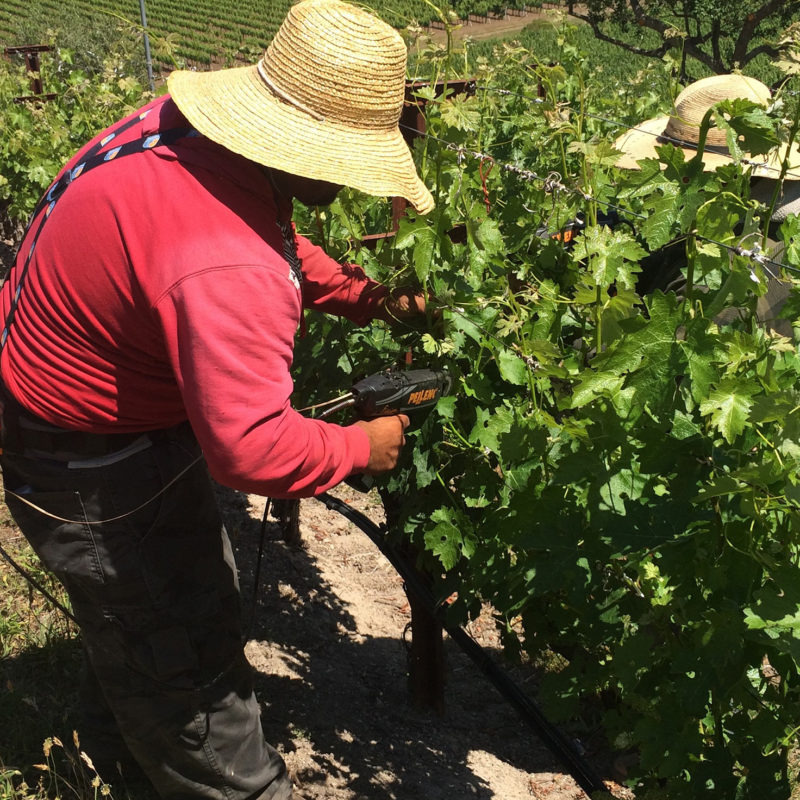
To further enhance wine concentration and complexity, the number of clusters a vine is allowed to ripen is restricted. During the growing season buds, flowers, leaves and clusters are carefully thinned out, allowing each vine to produce a metered amount of fruit in accordance to its age, terroir and specific weather conditions of the year.
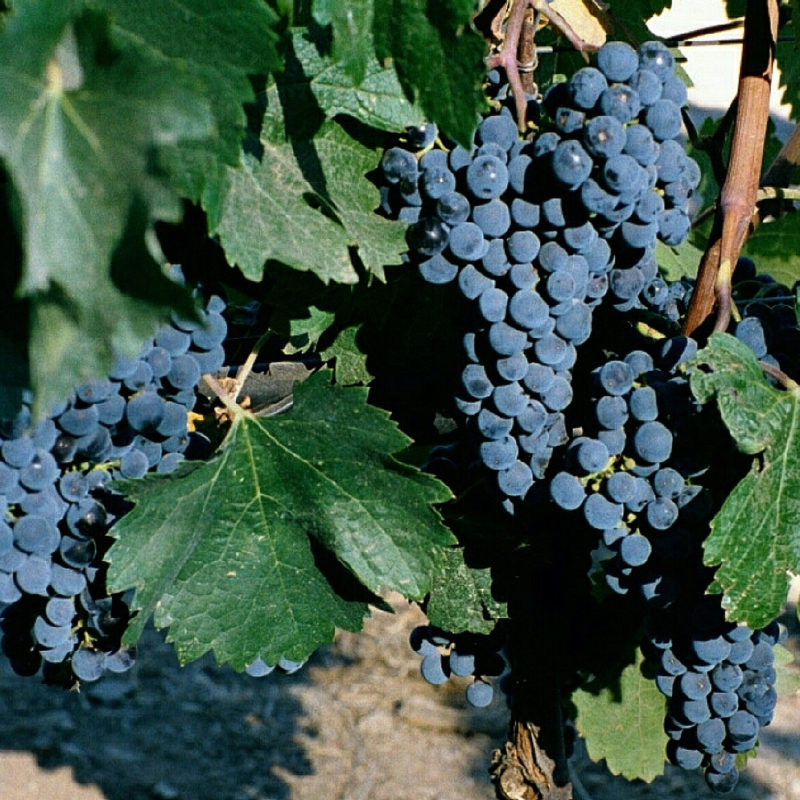
Water needs are regularly monitored during high heat by checking the moisture level in leaves to prevent the shutdown of photosynthesis. By mid-summer, the diminishing hours of sunlight signals to the vines that the end of the season is near and to spend all their energy in ripening the clusters of berries.
During Veraison, when the grapes turn from green to pink to blue-black, the carbohydrates made in the vine’s roots and stored in the trunks migrate to the berries. The sugar level increases daily, and the birds know it. It is when we install sets of tall poles flying long nylon lines attached to Falcon kites. These Australian-made paper and wood fly like real ones and scare the small birds away.
In 2003, just a few days before our Cabernet Sauvignon harvest, a sudden and severe heat spike overwhelmed the Napa Valley. We lost a lot of fruit but learned a lesson. In 2004, we were the first to install strips of shade cloth in front of the fruiting zone to mitigate the high temperatures. We still use them twenty years later and have 80,000 linear feet of filtering fabric raised or lowered, like curtains during the warmest time of day.
Additionally, 7000 misters are pressurized during the heat and spray a fine mist of water between rows, lowering the cluster’s temperature by 15° F.
As an organic, “Napa Green Certified” estate, we take great care of maintaining a permanent cover crop of grasses between our vine rows. They protect the steeply sloped vineyards from erosion during the winter rains and provide ideal vine fertilization. In late spring, we host 750 sheep to eat the grass and pooped it back into the soil, providing a tremendous microbial benefit to the vines.

